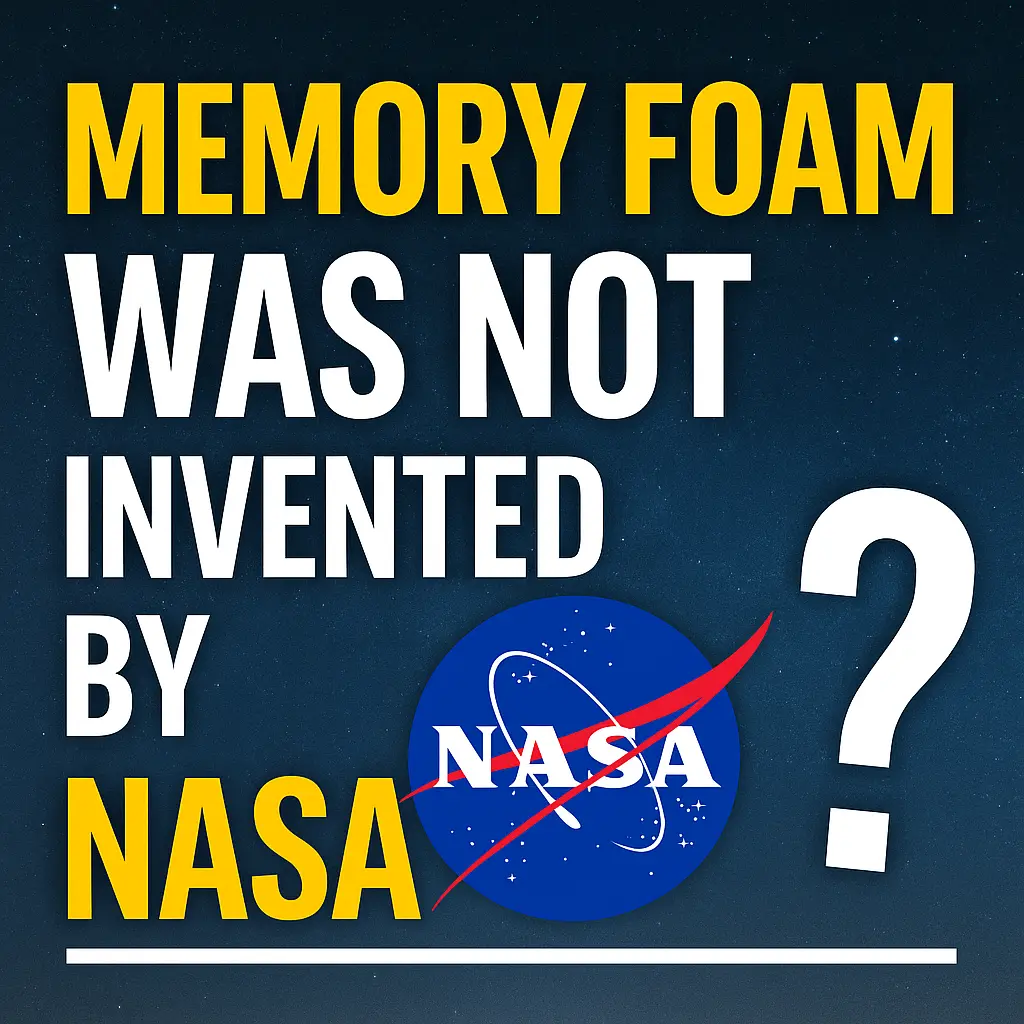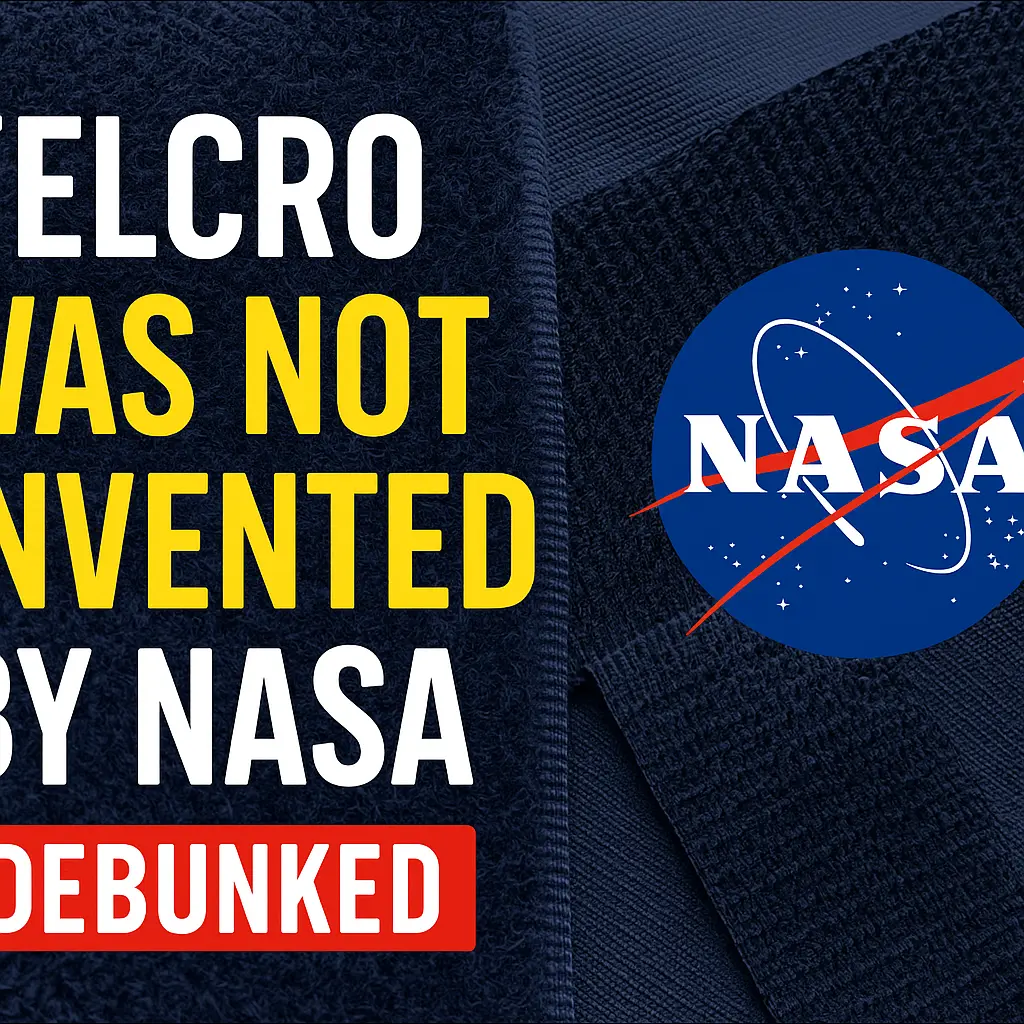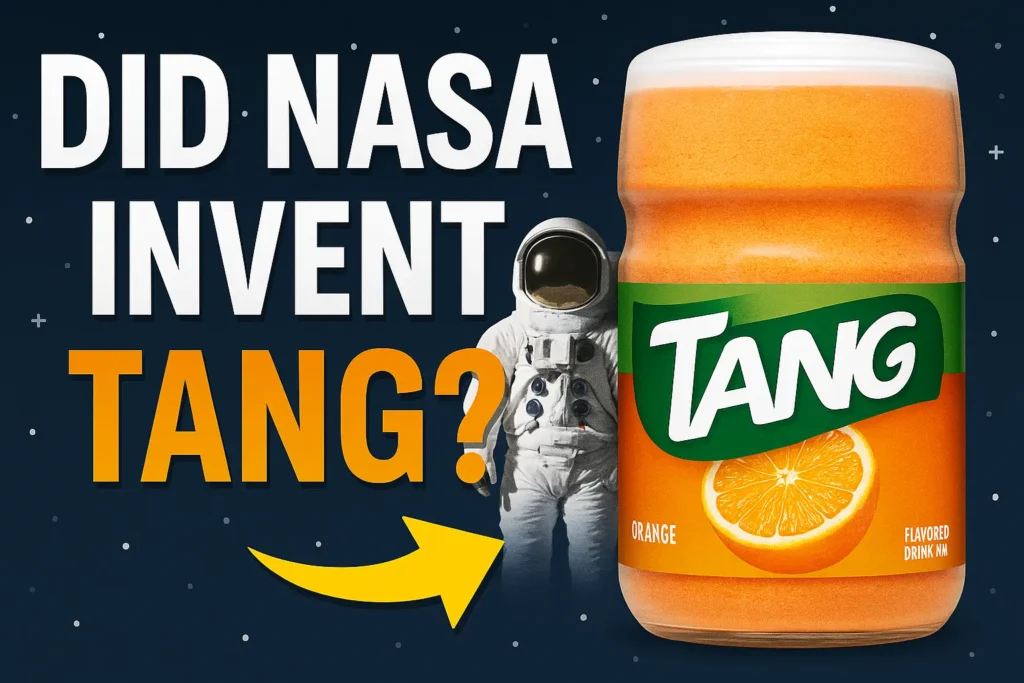For decades, memory foam has enjoyed an aura of scientific sophistication and futuristic appeal, often marketed with the alluring narrative: “developed by NASA for astronauts.” This compelling origin story has shaped public perception, fueling consumer interest and justifying premium pricing. However, while there is a kernel of truth in the association between NASA and the technology behind memory foam, the widely held belief that it was invented in space or solely for space travel is misleading.
In this article, we’ll examine the myth, explain its origins, and set the record straight with a clear and factual breakdown. Understanding the real history of memory foam doesn’t diminish its value—it enhances our appreciation for how civilian innovation and public-sector research can intersect to benefit society.
The Myth: “Memory Foam Was Invented in Space by NASA”
This popular narrative suggests that memory foam originated in the vacuum of space—perhaps aboard a spacecraft or within NASA’s laboratories for the express purpose of protecting astronauts from the physical stresses of space travel. Consumers commonly believe it was used in space shuttle seating or to cushion astronauts during re-entry, and that the material somehow drifted down to Earth from the stars into our bedrooms.
While there is an element of truth to NASA’s involvement, the belief that memory foam was born in space, or designed solely for space applications, is largely a myth.
What the Public Commonly Believes
Thanks to persistent marketing campaigns, many people associate memory foam with space-age innovation. Mattress companies and other consumer brands often highlight NASA in their advertisements, invoking an image of cutting-edge technology descending from the cosmos into daily life. This framing has contributed to several widespread beliefs:
- Memory foam was created in zero gravity environments.
- It was specifically engineered for astronaut comfort during missions.
- The material was used in spacecrafts or space suits.
- NASA directly designed the foam found in today’s consumer products.
None of these claims are fully accurate. So where does the truth lie?
The Truth: NASA’s Role Was Real, But Limited
Here is what actually happened—step by step.
1. The Material Was Developed on Earth, in the 1960s
In 1966, NASA contracted with an aeronautical engineer, Charles Yost, to improve crash protection and seating comfort for aircraft—not space shuttles. Yost developed a new type of viscoelastic polyurethane foam—what we now call “memory foam.” It was designed to absorb shock and return to its original shape, providing both cushioning and protection.
Importantly, this research occurred in terrestrial labs, not in orbit or aboard spacecraft. The foam’s intended application was aircraft safety—not space exploration.
2. It Was Never Deployed in Space Missions
Despite its link to NASA’s research efforts, memory foam was never widely adopted for in-space use. It may have been evaluated for certain aerospace applications or prototypes, but it was not a standard component of astronaut seating or equipment. It was largely considered for pilot safety in aircraft crashes, not astronaut comfort in microgravity.
3. NASA Transferred the Technology to the Public
What NASA did do was release the technology to the public through its Technology Transfer Program. The agency’s partnership with Yost eventually led to the commercialization of the material in the 1980s and 1990s, when private companies recognized its potential in medical cushions, sports equipment, and eventually mattresses.
This was part of NASA’s broader mission to ensure that taxpayer-funded innovations have tangible benefits for the public. But to be clear, NASA did not invent the memory foam found in your bed today—private industry refined and commercialized the material.
Why the Myth Persists
The association with NASA is powerful. It evokes trust, innovation, and prestige. Marketers have leaned into this narrative heavily, often blurring the lines between inspiration and invention. Over time, the myth solidified in the public imagination, aided by phrases like “space-age material” and “NASA-designed comfort.”
However, conflating a research contract and technology transfer with a direct, space-bound invention distorts the facts.
The Takeaway: Real Science, Real Value—No Need for Myths
Memory foam is a remarkable material. Its ability to conform to body shape, distribute weight evenly, and reduce pressure points has made it invaluable in healthcare settings, aviation, and consumer bedding. Its history—rooted in publicly funded research and improved through private innovation—is a testament to the productive collaboration between science and industry.
But its origins do not lie in space. They lie here on Earth, in the intersection of engineering, safety research, and smart commercialization.
As consumers and citizens, we benefit most when we celebrate innovation for what it truly is—not what marketing suggests. In the case of memory foam, the truth is every bit as impressive as the myth—just better grounded.



